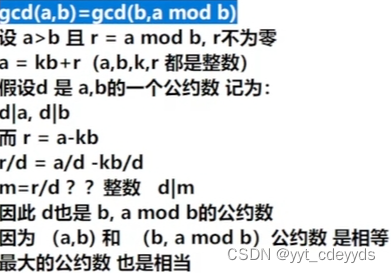要在 Tornado 的网页模板中显示字典的键和值,你可以使用 Tornado 内置的模板引擎 tornado.template 来处理。下面是一个简单的示例:
- 首先,确保你已经安装了 Tornado 模块。你可以使用以下命令进行安装:
pip install tornado
- 创建一个名为
template.html的模板文件,其中包含你要显示字典键和值的 HTML 结构。例如:
<!DOCTYPE html>
<html>
<head><title>Dictionary Template</title>
</head>
<body><h1>Dictionary</h1><ul>{% for key, value in dictionary.items() %}<li>{{ key }}: {{ value }}</li>{% end %}</ul>
</body>
</html>
在上面的示例中,我们使用了 Tornado 的模板语法。{% for key, value in dictionary.items() %} 表示在 dictionary 字典的每一对键值对上进行循环。{{ key }} 和 {{ value }} 分别表示当前循环迭代中的键和值。
- 创建一个名为
app.py的 Python 脚本,用于处理请求并渲染模板。例如:
import tornado.web
import tornado.ioloop
from tornado.template import Loaderclass MainHandler(tornado.web.RequestHandler):def get(self):dictionary = {"name": "John", "age": 25, "city": "New York"}loader = Loader(".")template = loader.load("template.html")rendered = template.generate(dictionary=dictionary)self.write(rendered)def make_app():return tornado.web.Application([(r'/', MainHandler),])if __name__ == '__main__':app = make_app()app.listen(8888)tornado.ioloop.IOLoop.current().start()
在上面的示例中,我们使用 Tornado 框架创建了一个简单的 Web 应用。在 MainHandler 类中,我们定义了一个 GET 请求处理方法 get()。在该方法中,我们创建了一个名为 dictionary 的字典,并使用 tornado.template.Loader 来加载模板文件 template.html。然后,我们使用模板的 generate() 方法传递字典作为参数,并将生成的 HTML 内容作为响应传递回浏览器。
- 运行应用程序并在浏览器中访问
http://localhost:8888,你将看到字典的键和值以列表形式显示在网页上。
在这个示例中,我们使用了 Tornado 的模板语法来循环遍历字典的键值对,并使用 {{ key }} 和 {{ value }} 来显示每个键和值。
希望对你有所帮助!如果还有其他问题,请随时提问。
![信息学奥赛一本通 ybt 1975:【16NOIP普及组】海港 | 洛谷 P2058 [NOIP2016 普及组] 海港](/images/no-images.jpg)




